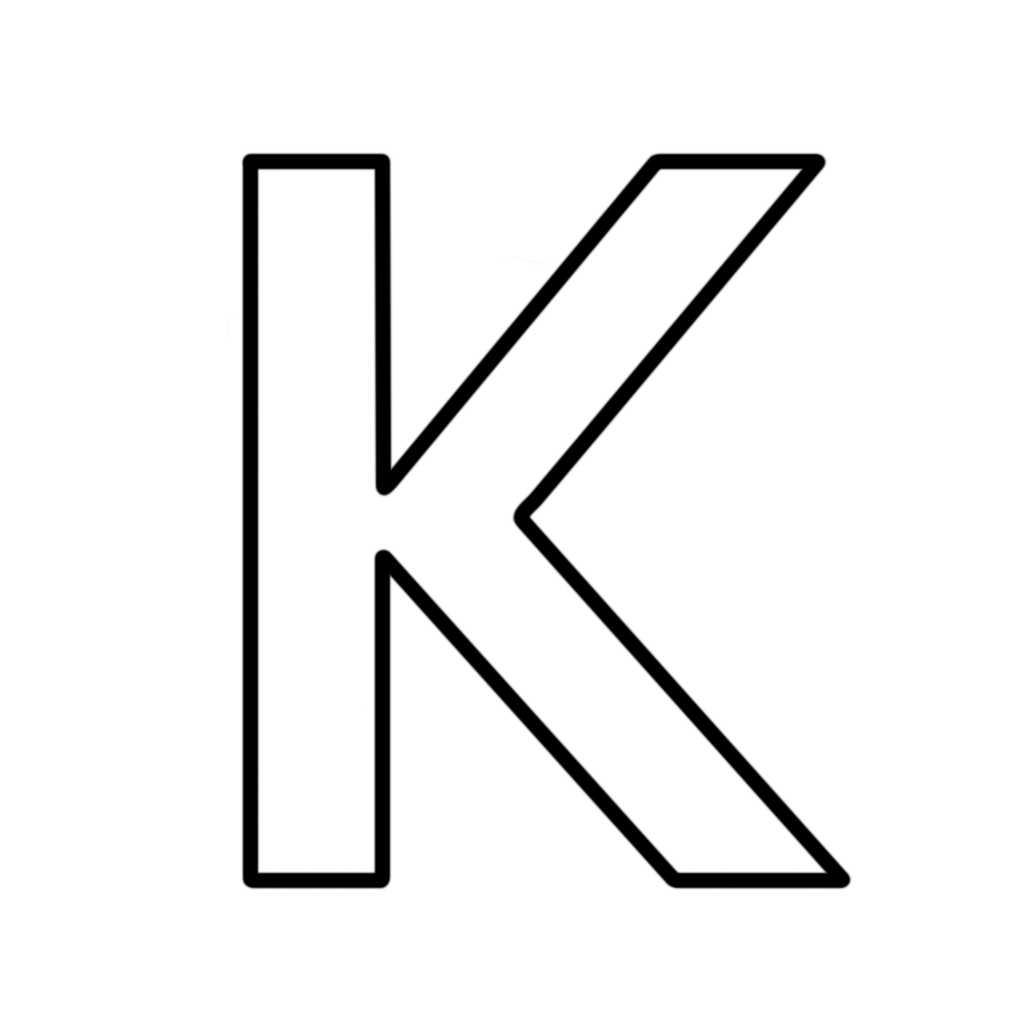


ACS Applied Materials & Interfaces 2022, 14 Meniscus-Guided 3D Microprinting of Pure Metal–Organic Frameworks with High Gas-Uptake Performance. Yu Liu, Jihyuk Yang, Chaoran Tao, Heekwon Lee, Mojun Chen, Zhaoyi Xu, Huiren Peng, Xiao Huan, Jie Li, Xing Cheng, Ji Tae Kim.Shaping of Metal–Organic Frameworks: A Review. Zhe Wang, Liying Liu, Zhuo Li, Nitin Goyal, Tao Du, Jiaxin He, Gang Kevin Li.3D Printing of Metal–Organic Framework-Based Ionogels: Wearable Sensors with Colorimetric and Mechanical Responses. Souvik Pal, You-Ze Su, Yu-Wen Chen, Chi-Hua Yu, Chung-Wei Kung, Sheng-Sheng Yu.This article is cited by 48 publications. We demonstrate that for methane storage, a classical application of HKUST-1, the 3D printed monolith is comparable or superior to monoliths formed by other shaping methods. The 3D printed HKUST-1 monolith displays an exceptionally high BET surface area of 1134 m 2/g, and a high mesopore volume.

Importantly, the accessible porosity and surface area of the MOF is retained well after shaping. The MOF gel shows ideal rheological properties for 3D extrusion-based printing, suggesting this method may be generalized to other MOF families that form gels. In this work, we demonstrate that colloidal gels containing only ethanol and Cu 3(BTC) 2 (BTC = 1,3,5-benzenetricarboxylate) (HKUST-1) nanoparticles can be used directly as an ink for the DIW of pure densely packed and self-standing MOF monoliths. Recently, MOF-containing monoliths have been made using direct ink writing (DIW extrusion 3D printing), but to date, high additive loadings have been required. However, conventional shaping methods, such as pelletization, often result in a decrease in functionality. For many practical applications, MOFs need to be shaped into monoliths that can be easily handled. Metal–organic frameworks (MOFs) are usually synthesized in powder form.


 0 kommentar(er)
0 kommentar(er)
